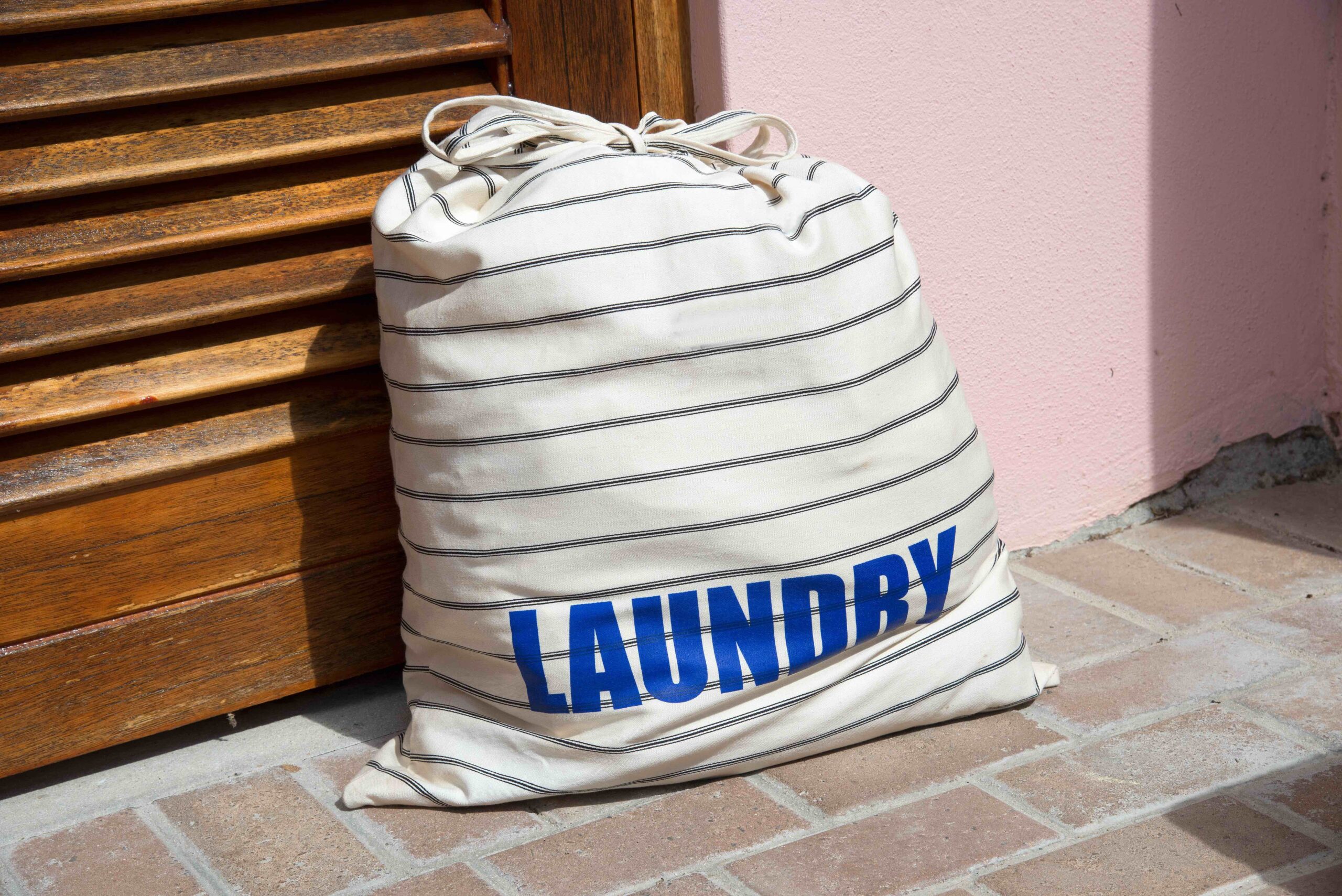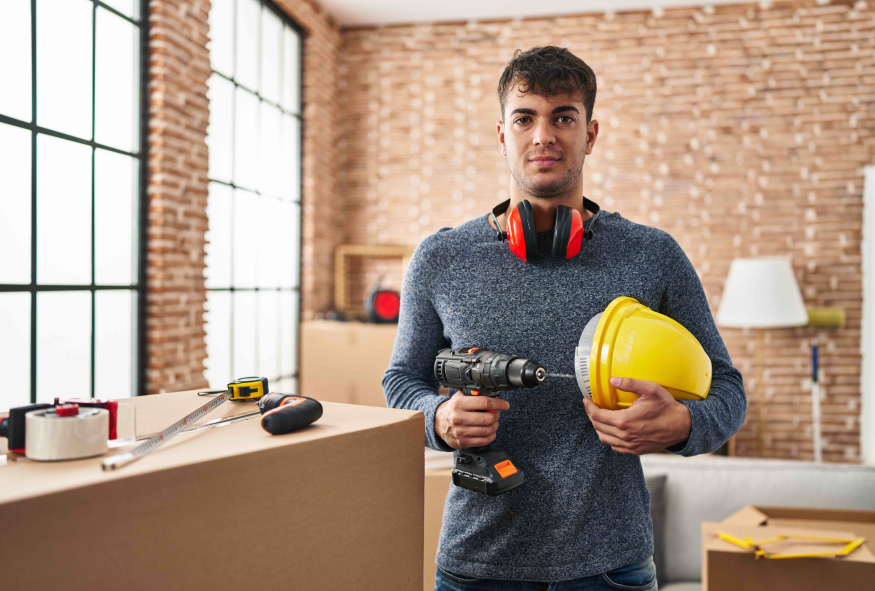Do-it-yourself (DIY) culture has become increasingly popular in recent years, thanks to the satisfaction of creating and repairing with our own hands and the potential savings it can bring. DIY allows us to improve our living spaces, add personal touches to our homes, and even increase the value of our properties. With just a little guidance and the right tools, anyone can learn basic DIY skills.
Beyond the practical benefits, DIY projects can also be a rewarding way to spend your time. They allow you to engage your creativity, problem-solving skills, and physical abilities. Moreover, the sense of accomplishment after completing a project or successfully fixing something in your home can be truly empowering. So, if you’ve been thinking about dipping your toes into the world of DIY, you’re about to embark on a fulfilling journey.
This blog post will guide you through the basics of DIY for beginners. We’ll explore some simple repairs that you can start with and also delve into fun and practical projects that can transform your living space. Get ready to roll up your sleeves and dive in!
Getting Started with DIY
The first step to getting started with DIY is equipping yourself with basic tools and materials. A starter toolkit should include a hammer, screwdrivers, wrenches, a tape measure, pliers, a level, and a good-quality utility knife. Depending on the projects you take on, you may also need paints, brushes, adhesives, and protective gear. It’s best to start small and gradually add to your tool collection as your skills and interests expand.
Safety should always be your top priority when doing DIY projects. Always wear appropriate protective gear, such as safety glasses and gloves. Make sure you understand how to safely operate all tools and equipment before you begin a project. Keep your workspace clean and organized to prevent accidents, and if you’re unsure about a certain process, don’t hesitate to seek expert advice.
As you start your DIY journey, remember that it’s okay to make mistakes. DIY is a learning process, and each error is an opportunity to improve your skills. Start with small projects and repairs, gradually taking on more complex tasks as you gain confidence and experience.
Simple Home Repairs Beginners Can Try
Once you’ve mastered some basic home repairs, you might want to try your hand at DIY projects that not only improve your skills but also enhance your home’s aesthetics and functionality. A simple but fulfilling project is creating a picture frame from reclaimed wood. It’s environmentally friendly, and the rustic charm of reclaimed wood can add warmth to any room. Plus, it’s a great way to showcase your favorite photos or artwork.
Building a simple shelf is another excellent project for beginners. It doesn’t require complex tools or materials — just some wood, a saw, screws, and a screwdriver. The shelf can be customized to fit any space in your home and painted or stained to match your decor. It offers a practical storage solution and a chance to display your favorite items.
If you enjoy cooking, designing a small indoor herb garden can be both practical and enjoyable. You can use small pots or mason jars, some potting soil, and your choice of herbs. Not only will you have fresh herbs at your fingertips, but the greenery can also brighten up your kitchen or windowsill. Another fun project is painting and refinishing an old piece of furniture. With some sandpaper and paint, you can transform a tired piece into something beautiful and unique.
Resources for Learning and Improving DIY Skills
While trial and error is a part of the learning process in DIY, there are plenty of resources available to help you along the way. Online tutorials and how-to videos can be incredibly helpful, providing step-by-step instructions and visual guides. Websites like YouTube and Pinterest are full of DIY content for projects of all types and skill levels.
In-person DIY workshops and classes can be another great way to learn. Check your local community center or home improvement store to see if they offer workshops. These can provide hands-on learning experiences and expert advice. Plus, they offer the opportunity to ask questions and clarify doubts in real time.
Books and publications on DIY can also be valuable resources. They can provide in-depth information and insights, and you can refer back to them whenever needed. Some popular choices include “The Complete Do-it-Yourself Manual” by Family Handyman and “DIY: The Rise of Lo-Fi Culture” by Amy Spencer.
Starting your DIY journey can be exciting and rewarding. From learning to fix common household issues to creating beautiful, personalized projects, the world of DIY offers endless possibilities. Remember to start small, prioritize safety, and enjoy the process of learning and creating. It’s not just about the end product, but also about the skills you develop and the satisfaction you gain along the way.
The skills and projects covered in this post are just the tip of the iceberg. As you continue exploring the world of DIY, you’ll discover more techniques, tools, and projects to try. Each project you complete will not only improve your home but also build your confidence and capabilities.
So, get your tools ready, embrace the DIY spirit, and start creating and repairing. Not only will you save money and enhance your home, but you’ll also experience the joy of creating with your own two hands. The world of DIY is waiting for you!






